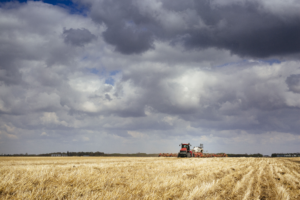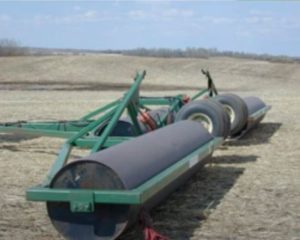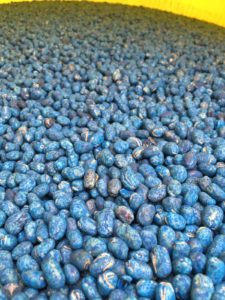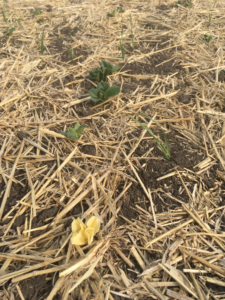Faba Bean Seeding
For best results, follow the recommendations in this section on selecting a site, seeding management, residue management, inoculation and fertilization. For control of weeds, please seed Weed Control.

Site Selection |
|
CHOOSE |
|
AVOID |
|
PLAN AHEAD |
|
MAINTAIN GOOD RECORDS |
|
SEED MANAGEMENT
Faba Bean Seeding Recommendations
|
|
SEED |
|
SEEDING DATES |
|
SEEDING DEPTH |
|
SEEDING RATE CALCULATOR |
|
SEEDING RATES |
|
SEEDS PER POUND |
|
SOIL TEMPERATURE |
|
Other Considerations |
|
TYPE OF EQUIPMENT |
|
Land Rolling |

|
GROWTH STAGES |
|
SEED TREATMENTS |
|
POST SEEDING |
|
Seed Quality Testing and Evaluation
|
|
GERMINATION TESTING |
|
VIGOUR TESTING |
|
VARIABLES IMPACTING SEED QUALITY |
|
COMBINED TESTING |
|
Evaluation |
|
Residue Management |
|
FALL PRIOR |
|
Direct Seeding Considerations |
|
ROTATIONAL PLANNING |
|
Alberta Faba Bean Producer Manual
FEBRUARY 9, 2014 | Producers | Blog Post
Every year, the Alberta Pulse Growers offers two awards (April and December) that recognize projects done by post-secondary students enrolled in agricultural or food studies. The goal of the Pulse Growers Student Award is to encourage the discussion of pulse agronomy, economics and processing amongst students and to offer an opportunity to students to directly engage with the pulse industry.
Lindsey Douglas, Diana Laviolette-Brown, Xinyi Ma, Becky Shapka and Zhiyu Yu submitted the “Alberta Faba Bean Manual 1.0” which is intended to be a reference manual for growers in Alberta. The students determined there was a need for an updated production manual and completed this project during the fall as part of a Crop Science capstone course at the University of Alberta. The group of students compiled information from a variety of sources including producers, industry representatives, Alberta Agriculture, APG and academic papers into a document that Alberta farmers can reference when growing faba beans.
For more information, contact Nevin Rosaasen, Policy and Program Specialist at nrosaasen@albertapulse.com.
DISCLAIMER: The Alberta Faba Bean Producers Manual is a reference tool for growers in Alberta. The authors have tried to ensure that all information is accurate and complete. If there are any questions, please consult with one of the experts who assisted with the manual. All that is written is strictly for information purposes and the authors make no guarantee on the use and applicability of the information. The authors are not liable for any personal damages or losses encountered arising from the use of the information provided.


